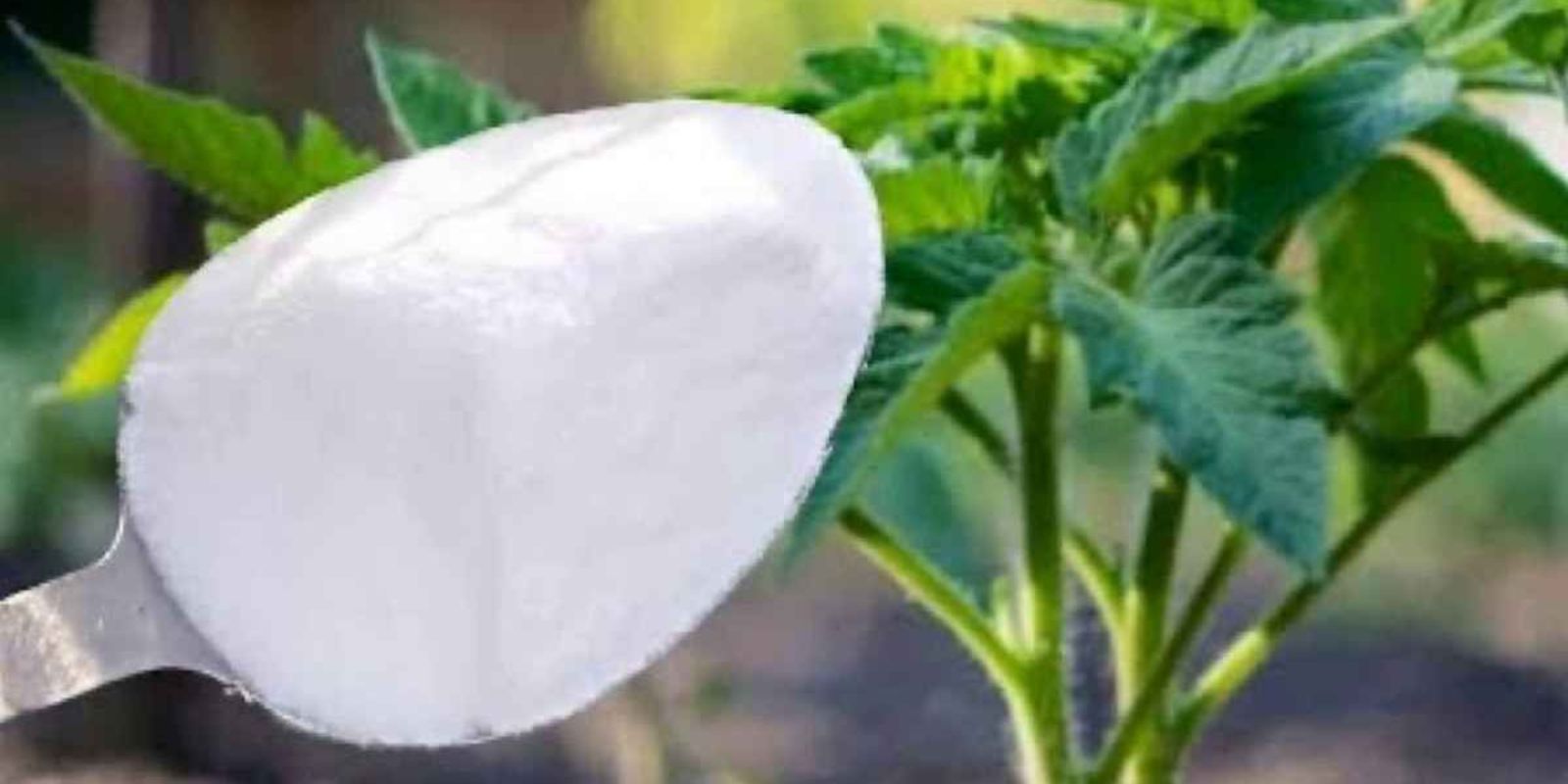Introduction
Every gardener dreams of a flourishing vegetable garden, where tomatoes, peppers, and cucumbers thrive with vigor and yield an abundant harvest. However, there’s a crucial step that many gardeners overlook, which can make a significant difference in the health and productivity of these plants. By incorporating a specific ingredient into your planting routine, you can unlock the full potential of your vegetable garden. This article will explore why this ingredient is so important, how to use it effectively, and the benefits it brings to your garden.
The Essential Ingredient
The ingredient in question is egg shells. Often discarded as kitchen waste, egg shells are a powerhouse of nutrients that can greatly benefit your garden. They are rich in calcium carbonate, which is essential for strong cell walls and overall plant health. Incorporating crushed egg shells into your soil can enhance the growth and productivity of your tomatoes, peppers, and cucumbers.
Why Egg Shells Are Beneficial
1. Boosts Soil Calcium Levels
Calcium is a vital nutrient for plants, playing a key role in cell wall development and overall plant structure. Tomatoes, peppers, and cucumbers are particularly prone to calcium deficiencies, which can lead to issues such as blossom end rot. By adding crushed egg shells to your soil, you provide a steady source of calcium that helps prevent these problems.
2. Improves Soil Structure
Crushed egg shells help improve soil structure by adding texture and aiding in soil aeration. This is especially beneficial for heavy or clayey soils, where proper drainage and air circulation are crucial for healthy root development. Improved soil structure leads to better water infiltration and root growth, contributing to stronger and more productive plants.
3. Natural Pest Deterrent
The sharp edges of crushed egg shells can deter pests like slugs and snails, which may otherwise feast on your vegetable plants. By creating a barrier around your plants, you can protect them from these common garden pests without resorting to chemical pesticides.
4. Organic Fertilizer
Egg shells decompose slowly, releasing essential nutrients into the soil over time. This makes them a natural and sustainable fertilizer option. As the shells break down, they provide a steady supply of calcium and other trace elements that contribute to overall plant health.
How to Use Egg Shells in Your Garden
1. Collect and Prepare Egg Shells
Start by collecting used egg shells from your kitchen. Rinse them to remove any residual egg white or yolk, as this can attract pests. Allow the shells to dry completely, either by spreading them out on a tray or placing them in a low oven. Once dry, crush the shells into small pieces or grind them into a powder using a food processor or mortar and pestle.
2. Incorporate into the Soil
Before planting, mix the crushed egg shells into the soil. Aim for a ratio of about one cup of crushed shells per square foot of planting area. Spread the shells evenly over the soil and incorporate them into the top few inches using a garden fork or trowel. This helps ensure that the calcium is distributed throughout the root zone where it is needed most.
3. Plant Your Vegetables
Proceed with your usual planting routine for tomatoes, peppers, and cucumbers. Place your plants or seeds in the prepared soil, ensuring they are well-positioned and properly spaced. The calcium from the egg shells will be available to support healthy growth as the plants establish themselves.
4. Maintain Throughout the Season
Continue to add crushed egg shells to your garden throughout the growing season. For ongoing benefits, sprinkle additional shells around your plants every few weeks or after heavy rainfall. This helps replenish calcium levels and provides a continuous supply of nutrients to your vegetables.
Additional Tips for Success
1. Combine with Other Organic Practices
While egg shells are beneficial, they should be part of a comprehensive garden care routine. Combine their use with other organic practices such as composting, mulching, and using organic fertilizers to maximize the health and productivity of your garden.
2. Monitor Plant Health
Keep an eye on your plants for any signs of nutrient deficiencies or pest problems. If you notice issues despite using egg shells, consider conducting a soil test to identify any additional needs. Adjust your gardening practices accordingly to address any deficiencies.
3. Share Your Knowledge
If you find success with this technique, share your experiences with fellow gardeners. Spread the word about the benefits of using egg shells and encourage others to incorporate this simple yet effective method into their own gardens.
4. Experiment and Adjust
Gardening is often about experimentation and adaptation. Feel free to adjust the amount of egg shells you use based on your soil conditions and plant needs. Over time, you’ll develop a sense of what works best for your specific garden environment.
Conclusion
Incorporating crushed egg shells into your garden is a simple yet powerful way to enhance the health and productivity of your tomatoes, peppers, and cucumbers. By providing essential calcium, improving soil structure, deterring pests, and offering a natural source of nutrients, egg shells can make a significant difference in your vegetable garden. Don’t overlook this valuable resource—embrace the power of egg shells and watch your garden flourish with vibrant, bountiful crops.
Call to Action:
Have you tried using egg shells in your garden? Share your experiences and any other gardening tips you have in the comments below. Let’s help each other grow thriving gardens with this simple, effective technique! 🌱🍅🌶️🥒

